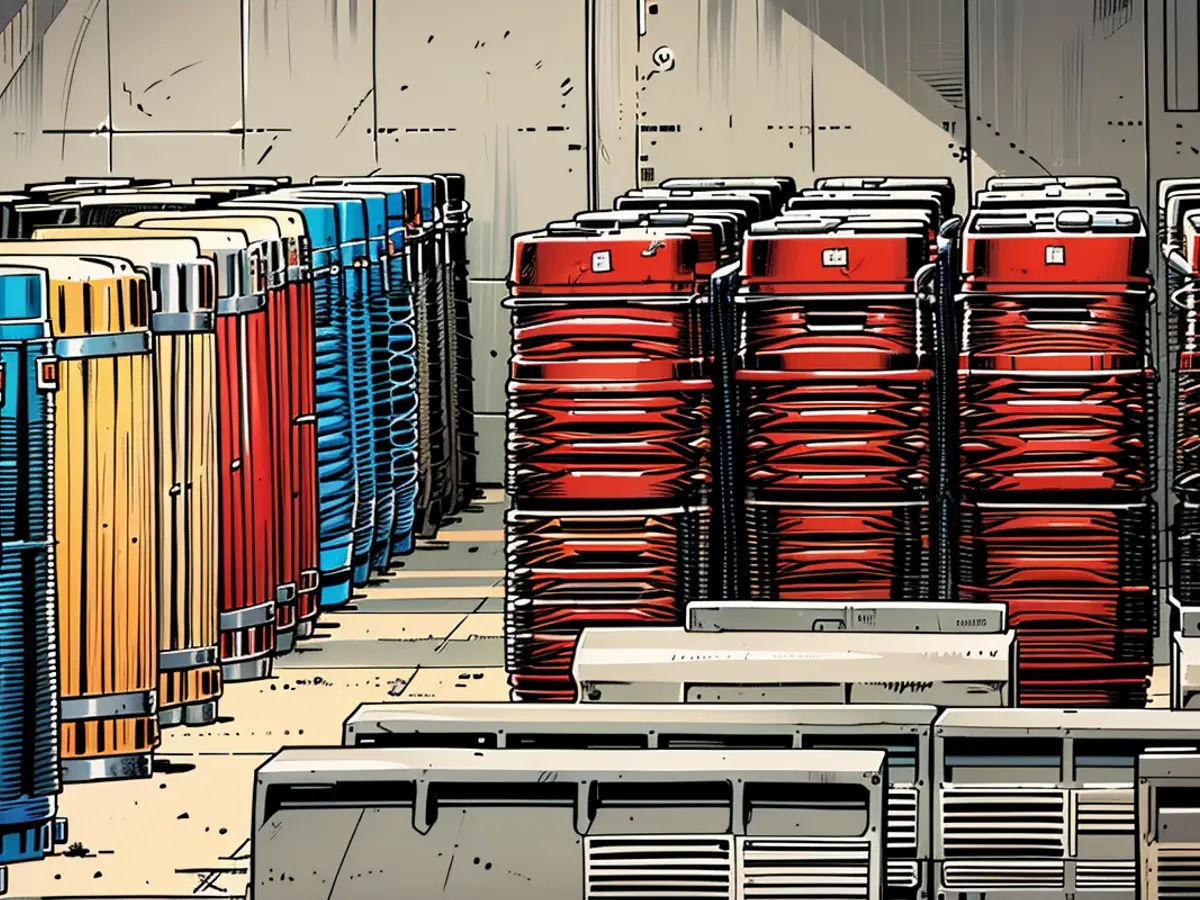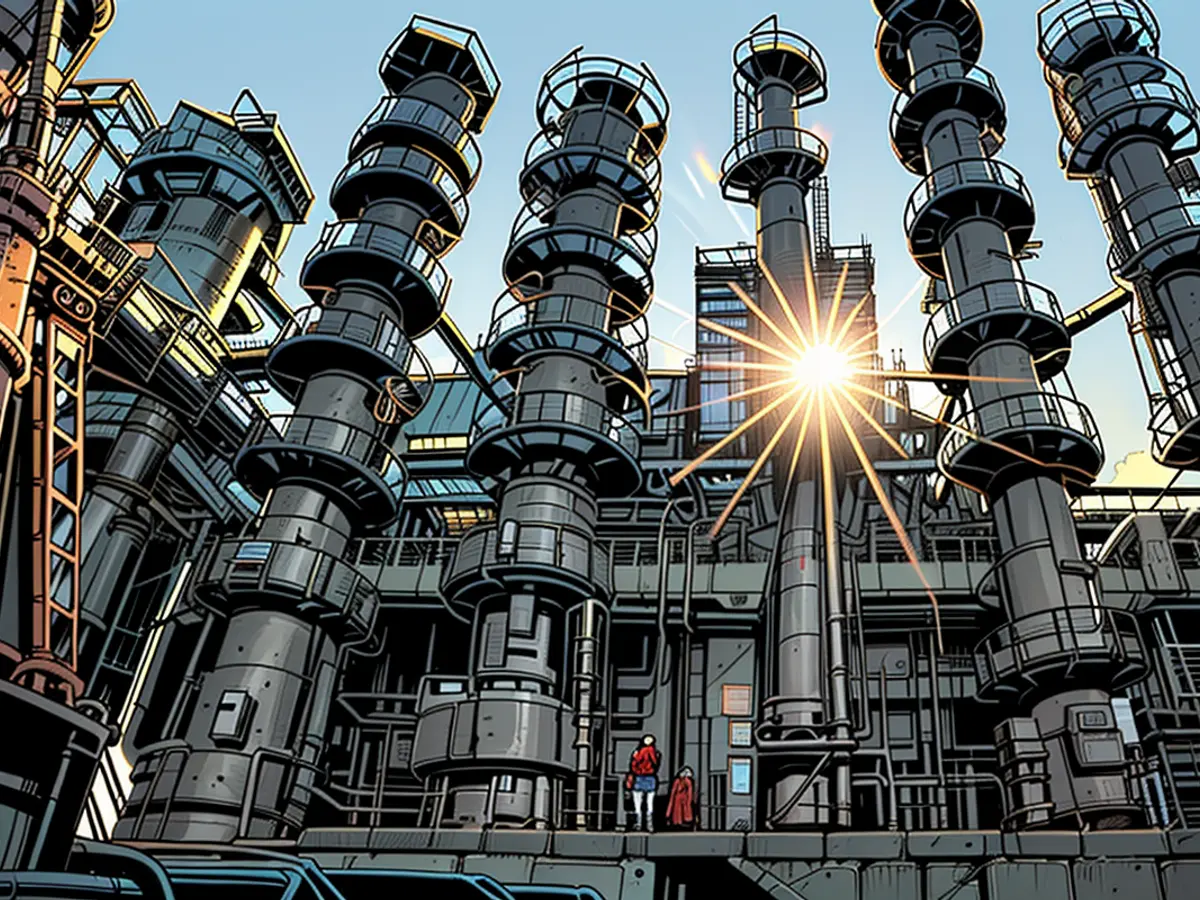Search for nuclear waste dumps could take 50 years
German nuclear power plants are no longer online. Nuclear waste will continue to occupy Germany for centuries. A repository is needed. The search for one has been ongoing for many years and is expected to take decades more.
The search for a repository for highly radioactive nuclear waste is likely to be delayed by decades, according to a report by Deutschlandfunk. The broadcaster cited a study by the Freiburg-based Öko-Institut, commissioned by the Federal Office for Nuclear Waste Management.
According to the study, a site for a repository could potentially be identified in fifty years. Currently, the law provides for a site decision by 2031, but it has long been clear that this deadline will not be met.
Currently, the highly radioactive waste from Germany's now-shuttered nuclear power plants is stored in more than 1,000 Castor containers at interim storage facilities at several locations in Germany. The permits for the sites in Ahaus and Gorleben are set to expire by 2034, and for other storage facilities in the 2040s. Moreover, the containers are not designed for such long-term use in interim storage.
So far, the Federal Company for Radioactive Waste Disposal (BGE) has identified 90 partial areas for further investigation, covering about 54 percent of Germany's total area. These include 74, often smaller, salt domes, 9 clay and 7 crystal formations. All federal states are affected, except for Saarland. The previously favored salt dome in Gorleben was excluded as unsuitable during the selection process.
The Freiburg-based Öko-Institut's study suggests that a potential site for nuclear waste end-of-life storage might be identified within the next fifty years. Regardless, the current legal deadline for a site decision, set for 2031, is unlikely to be met, necessitating plans for nuclear waste end-of-life storage for generations to come.








